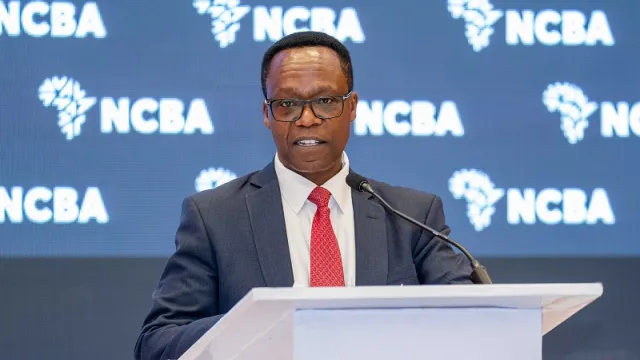Calls intensify for a cybersecurity boost to fortify East Africa’s SACCOs

Calls intensify for a cybersecurity boost to fortify East Africa’s SACCOs
Authorities in East Africa have been challenged to step up their national cybersecurity measures to help safeguard billions in customer savings held in Saccos in the wake of increasing online threats in the industry.
According to the Cabinet Secretary for Cooperatives and Micro, Small and Medium Enterprises (MSMEs) Wycliffe Oparanya, Savings and Credit Cooperatives (SACCOS) play a vital role in the financial inclusion endeavors of regional economies.
"Governments must prioritize the implementation of national cybersecurity frameworks by fostering collaboration with both local and international stakeholders," Oparanya said in a speech read on his behalf by Principal Secretary Susan Mang'eli.
Mang'eli, who spoke at the NCBA's Sacco Banking Division customers' forum, underscored the urgent need for better awareness, capacity-building, and the development of early warning systems to detect and respond to cyber incidents.
She stressed the importance of creating cybersecurity policies, laws, and regulations tailored to the unique needs of SACCOs and similar financial institutions, which are particularly vulnerable due to their reliance on digital platforms.
Mang'eli called for the establishment of public key infrastructure, research, and development initiatives focusing on cybersecurity that helps to shield SACCOs from cyber attacks.
NCBA Group CEO John Gachora said there is a greater need for collaboration between the private sector, SACCOs, and the government in driving Kenya’s economic transformation.
Mr Gachora acknowledged SACCOs as pivotal to Kenya's economy as they currently control over 30 percent of national savings and contribute over 40 percent of the country’s GDP.
Read also: Cybersecurity: Why companies must remain ever vigilant
Cybersecurity infrastructure
He also highlighted NCBA's role in providing innovative solutions and enhancing cybersecurity measures with a spend of $31 million last year to fortify its cybersecurity infrastructure.
Across the East African region, SACCOs financial institutions that are tailormade to serve people who are largely excluded from traditional banking services, including farmers, low-income earners, small-business owners, and rural communities engaged in businesses.
One of the key features of SACCOs is that they offer loans to members without necessarily requiring assets as collateral. This strategy enables the savers to access credit using their deposits and the security of guarantors, Mang'eli explained.
The industry's impact is very similar across Tanzania, where cooperatives, including SACCOs, account for roughly 40 percent contribution to the GDP, providing employment to 94.7 percent of school-leavers annually, Mang'eli said. She noted that many of these young people, especially in rural areas, depend on cooperative movements for external financing.
The forum also touched on the broader competitive landscape, with an overview that leveraging technology is not just essential but a prerequisite for Saccos to remain relevant and competitive.
In an environment where financial institutions are rapidly adopting innovative technologies, Saccos must not only secure their operations but also enhance their service delivery to keep pace with industry peers.



